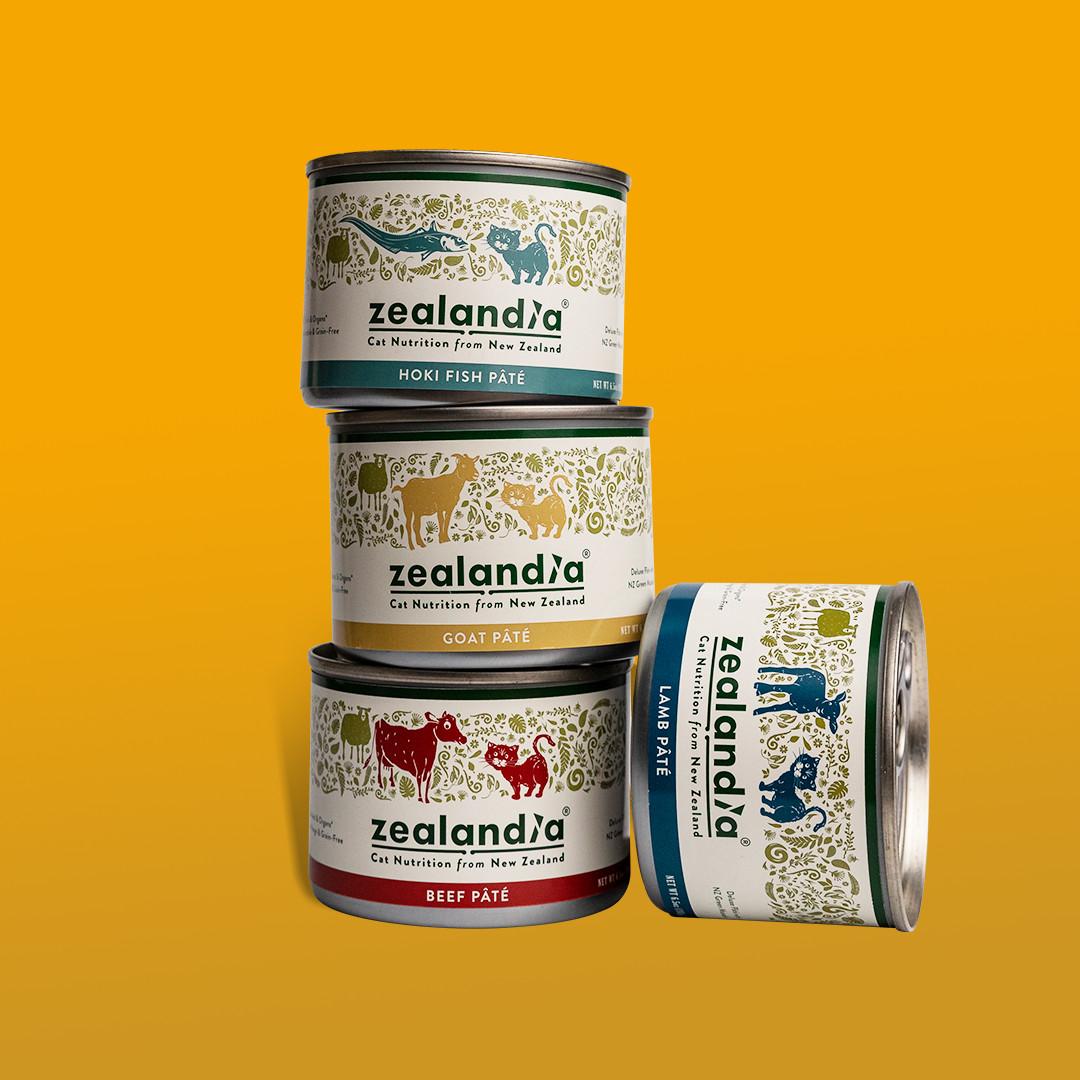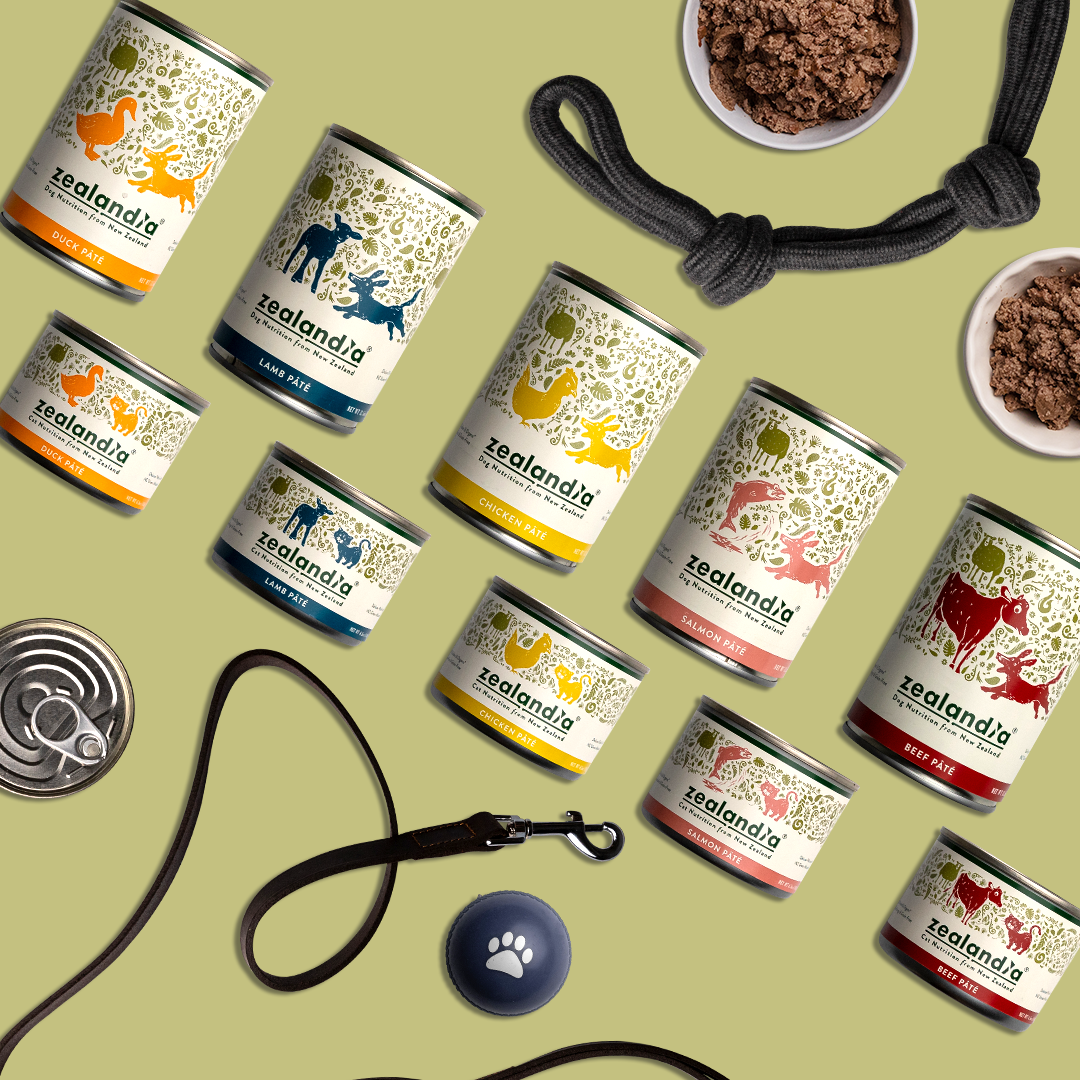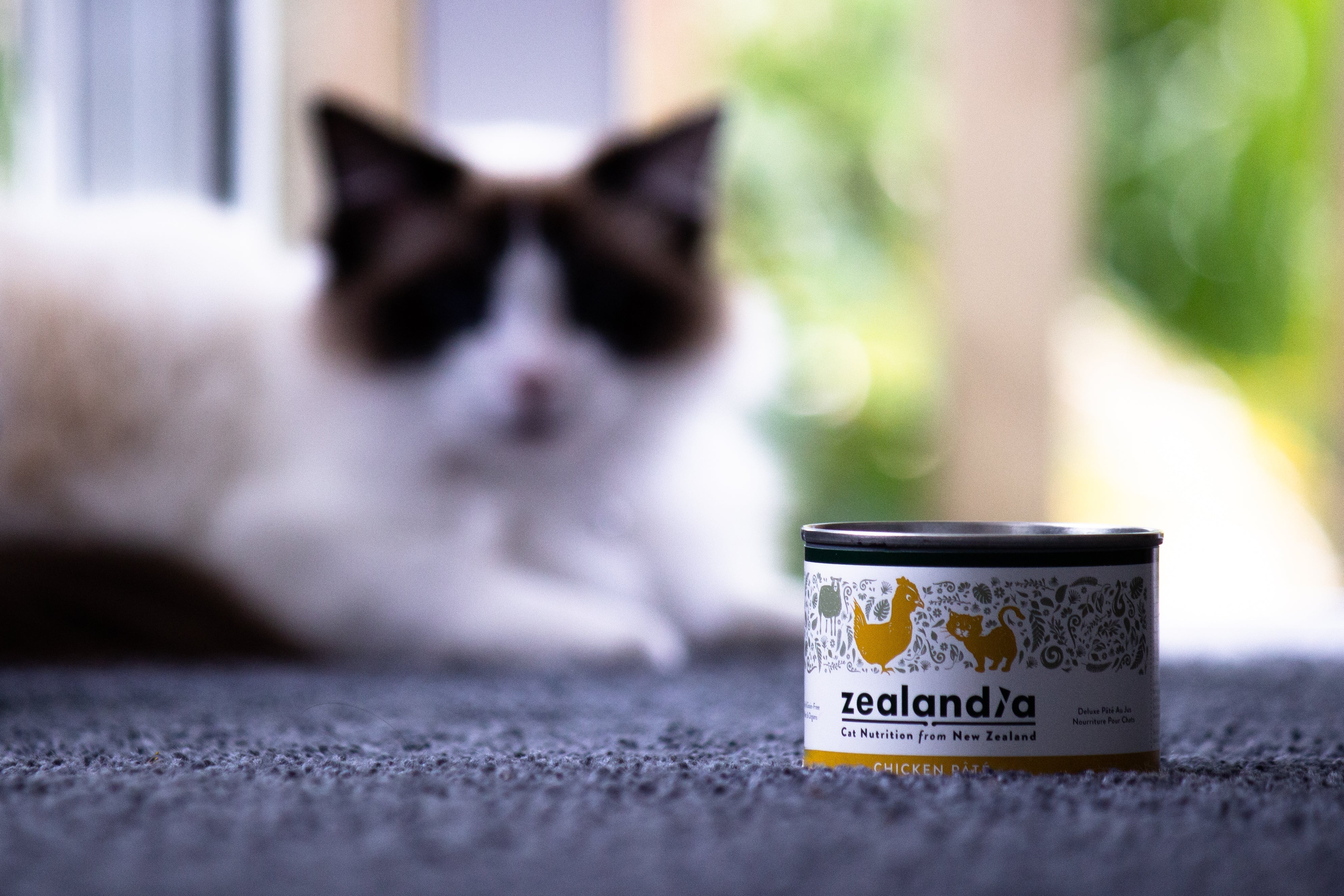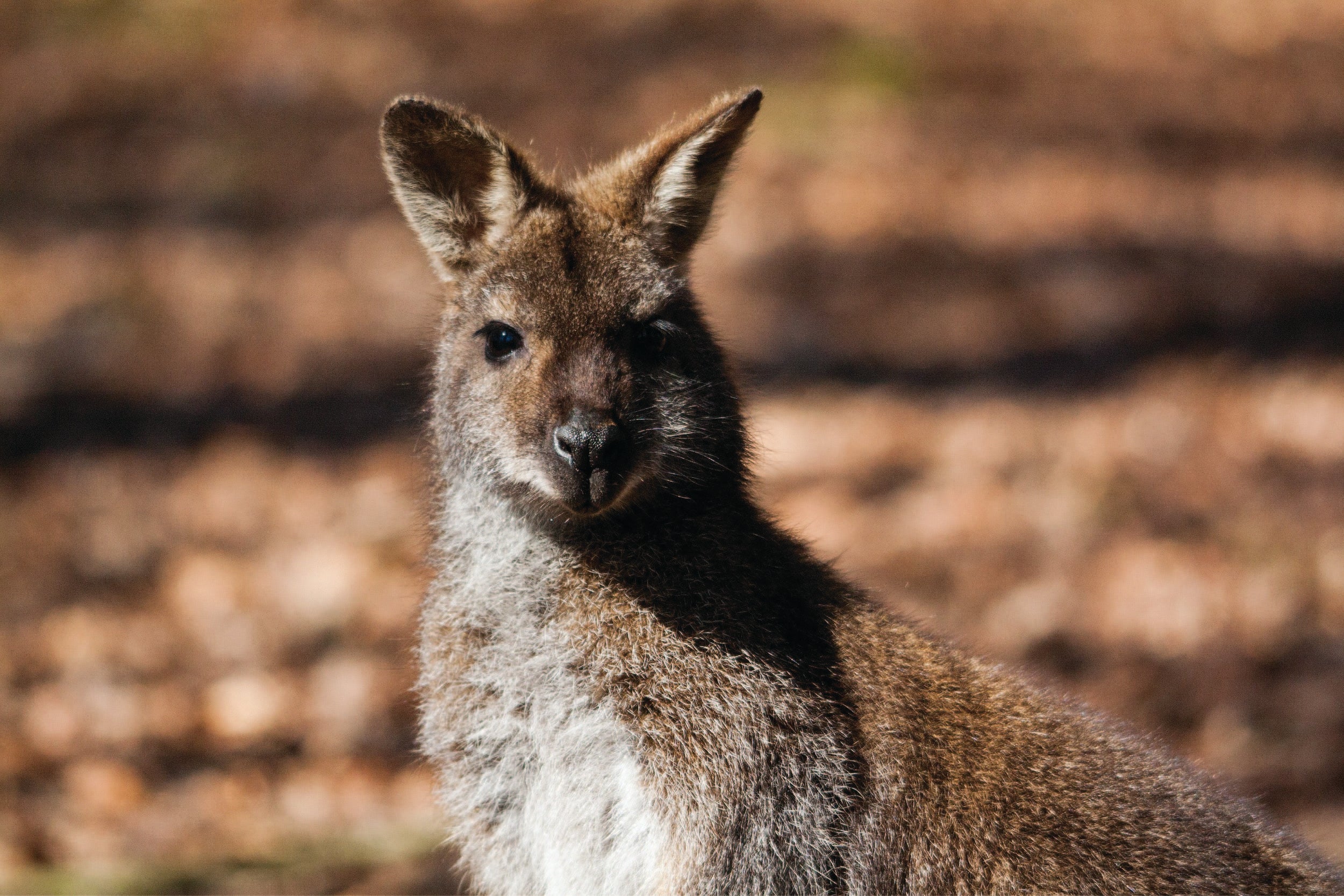What is BPA, and why does it matter?

Written by Andrew Burch, Director - Zealandia Ltd.
Historically, many canned food manufacturers, including those in the pet industry (not Zealandia!), used to make their internal can linings with epoxy resin based on bisphenol A, or BPA in the production of their canned food. Every can needs a thin liner inside so that the food doesn’t corrode the metal from the inside out. The BPA was added to strengthen the plastic.
Scientific studies have shown that BPA can migrate from the cans into the food, causing numerous ailments that are harmful to both humans and pets alike, including damage to neurological, cardiovascular, reproduction, and endocrine systems. BPA is known as an endocrine disrupting chemical, that acts like hormones in the body, which confuse the endocrine system and cause disruption of its normal functions.
Due to these findings, there are many pieces of legislation that cover the use and restriction of resinous and polymeric coats in packaging. This includes U.S. FDA regulation title 21, subpart 175.300, Regulation (EC) No.1895/2005 of 18/11/2005, Commission Regulation (EC) No. 10/2011 on plastic materials and articles intended to come into contact with food, EU Regulation (EC) No 1935/2004, European Parliament and Council Directive 94/62/EC on packaging and packaging waste, Commission Regulation (EC) No 2023/2006 of 22 December 2006 on good manufacturing practice for materials and articles intended to come into contact with food, EU Regulation (EC) No. 1907/2006 (REACH), Council Directive 78/142/EEC, and Commission Regulation (EU) 2018/213 of 12 February 2018 on the use of Bisphenol A in varnishes and coatings intended to come in contact with food.
Consumer demand (thankfully) has forced manufacturers to replace the BPA with alternative canned food linings. Today, most canned food manufacturers (over 95% according to the Can Manufacturer’s Institute in 2019) have transitioned to cans made without BPA-based linings and use a variety of other coatings. New linings are typically made from acrylic, polyester, non-BPA epoxies, polyvinyl chloride (PVC) copolymers, or olefin polymers. Unfortunately, PVC is made from vinyl chloride, a known carcinogen, and many of the acrylic linings include polystyrene, which is also a possible human carcinogen.
The declaration used by lacquer suppliers is BPA-NI. This stands for Bisphenol A Non-Intent, or Non-Intentional, with the assumption that the lacquer has been produced without BPA.
Zealandia Can Linings: The lacquer used on the internal food contact side of Zealandia cans is Polyester, BPA-NI. The lacquer used on the internal food contact side of the easy open-end lid is Organosol, BPA-NI.
Polyester (Polyethylene Terephthalate) is a synthetic or man-made fibre material, made from mixing ethylene glycol and terephthalic acid. It is known for its strength and ability to retain its shape.
Organosols are industrial coatings where resins such as polyvinyl chloride (PVC) are suspended or dispersed in an organic fluid. These coatings are not dissolved in the organic fluid but rather suspended in it. The dispersion technique is helpful because it allows the organosol coatings consisting of higher molecular weight insoluble resins to be used without using expensive solvents.
The good news is that the can food industry has clearly moved away from BPA, and with technology increasingly at a rapid speed, the internal can lining materials will improve further over time. In the meantime, you can be safe and assured that Zealandia products only use BPA-NI can linings to help protect your pet’s health and overall well-being.



